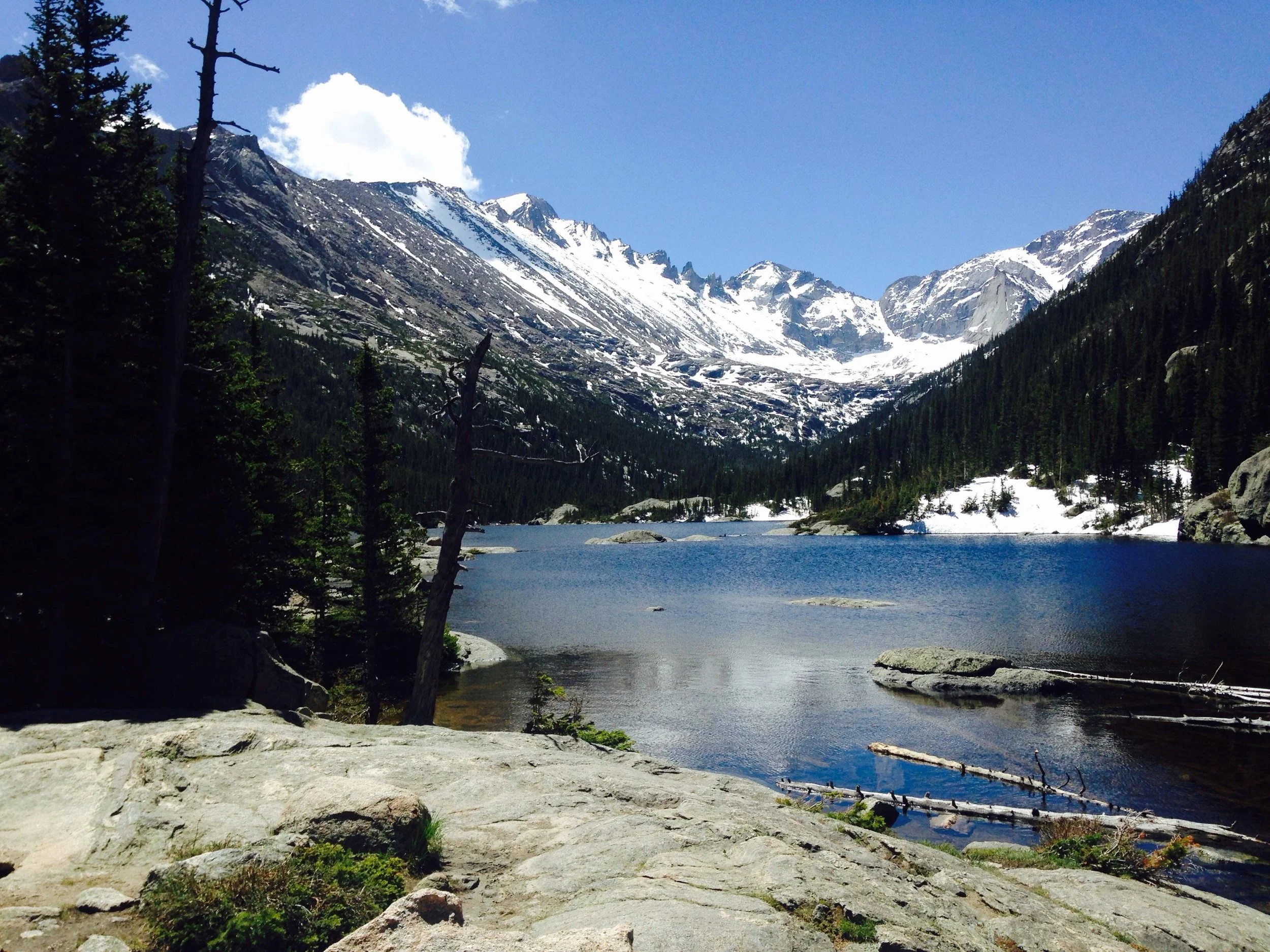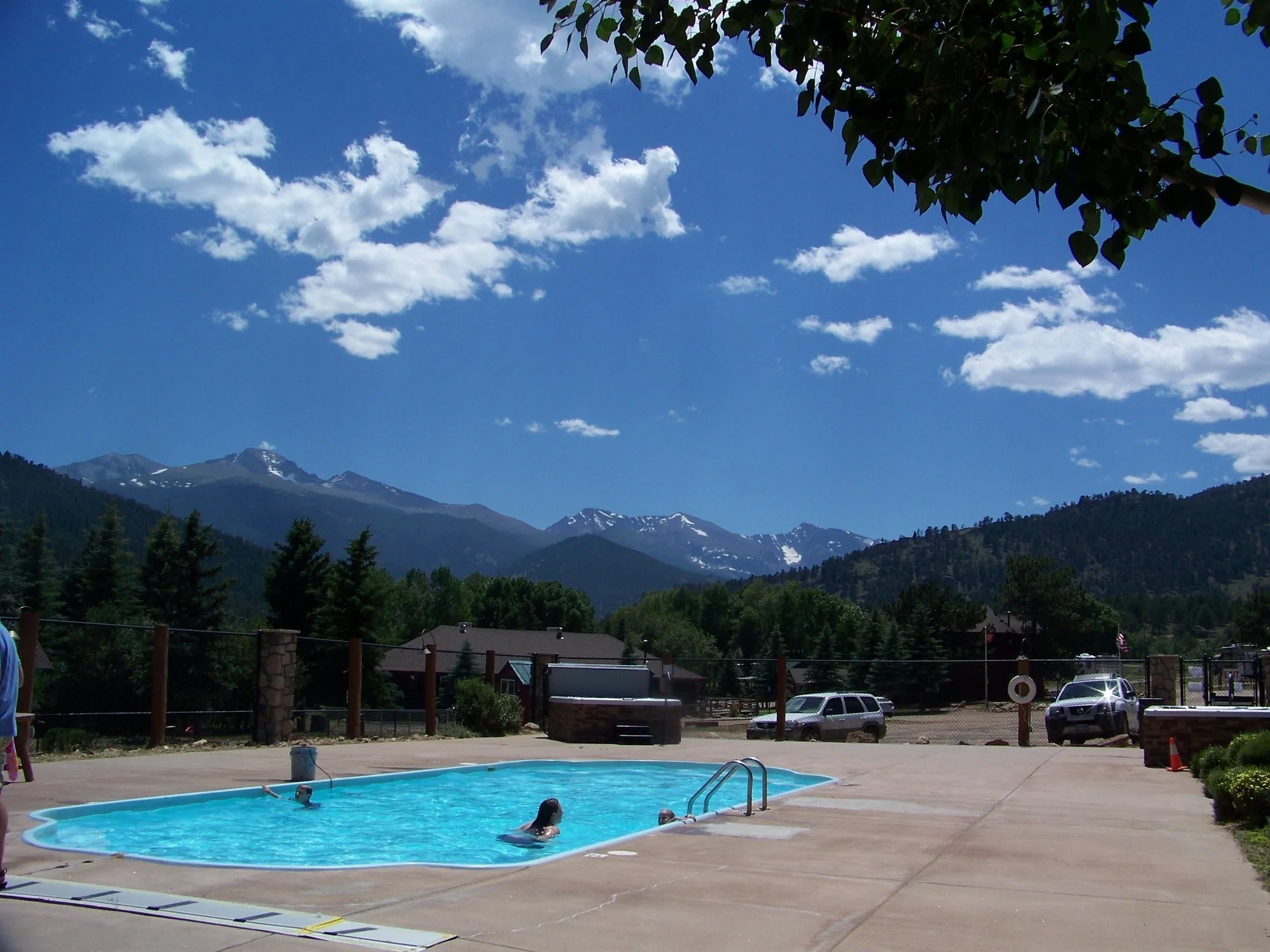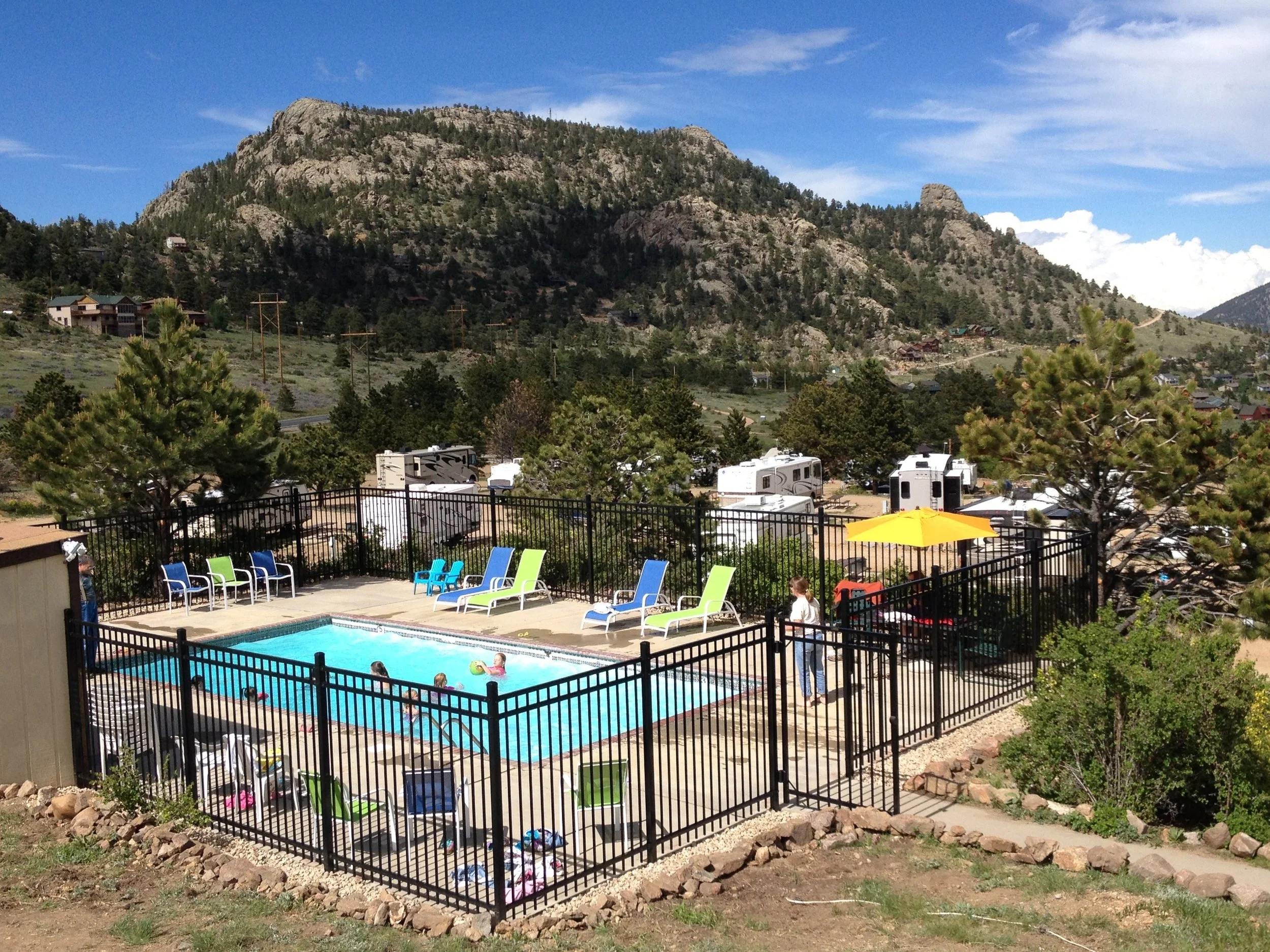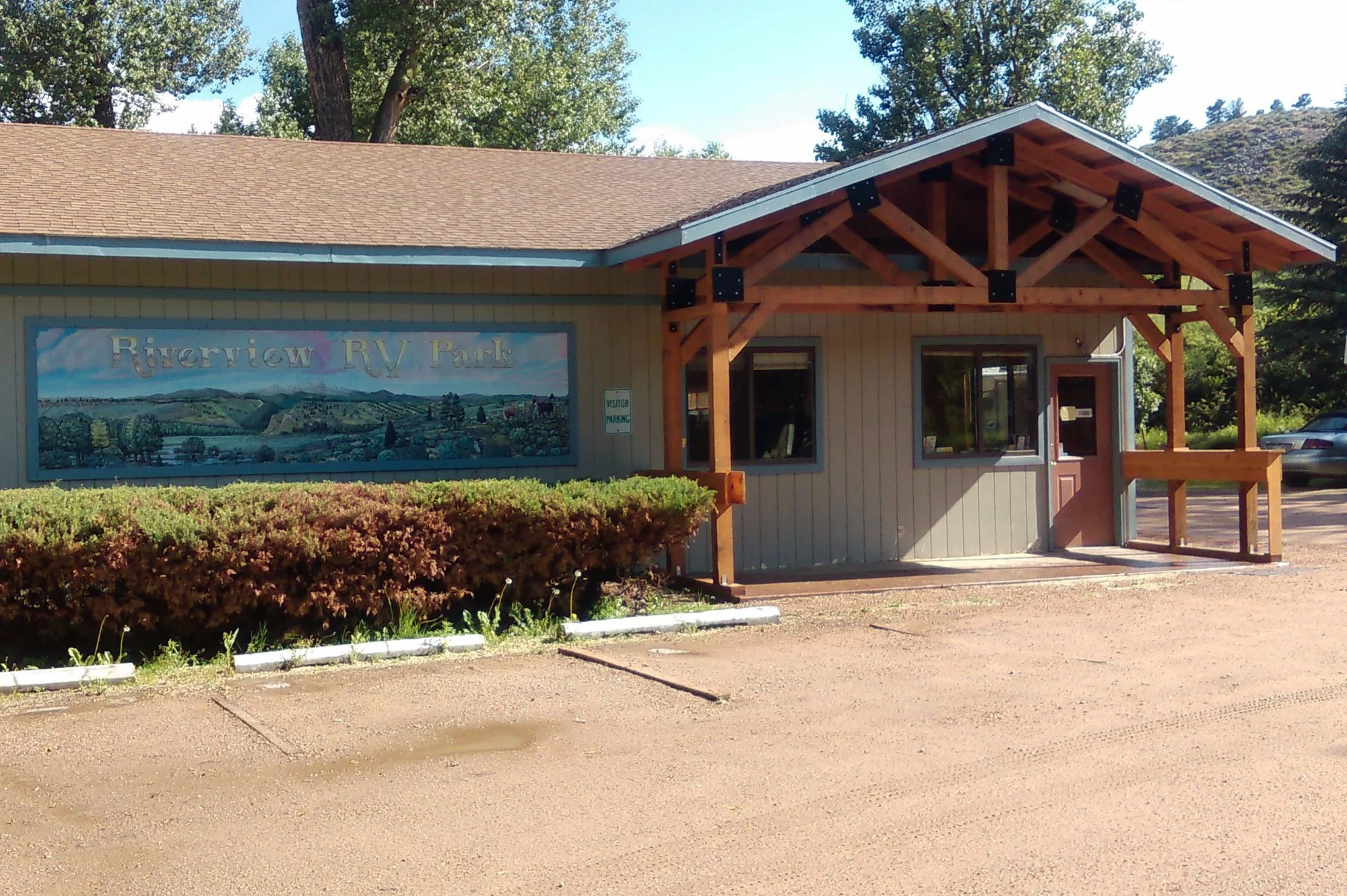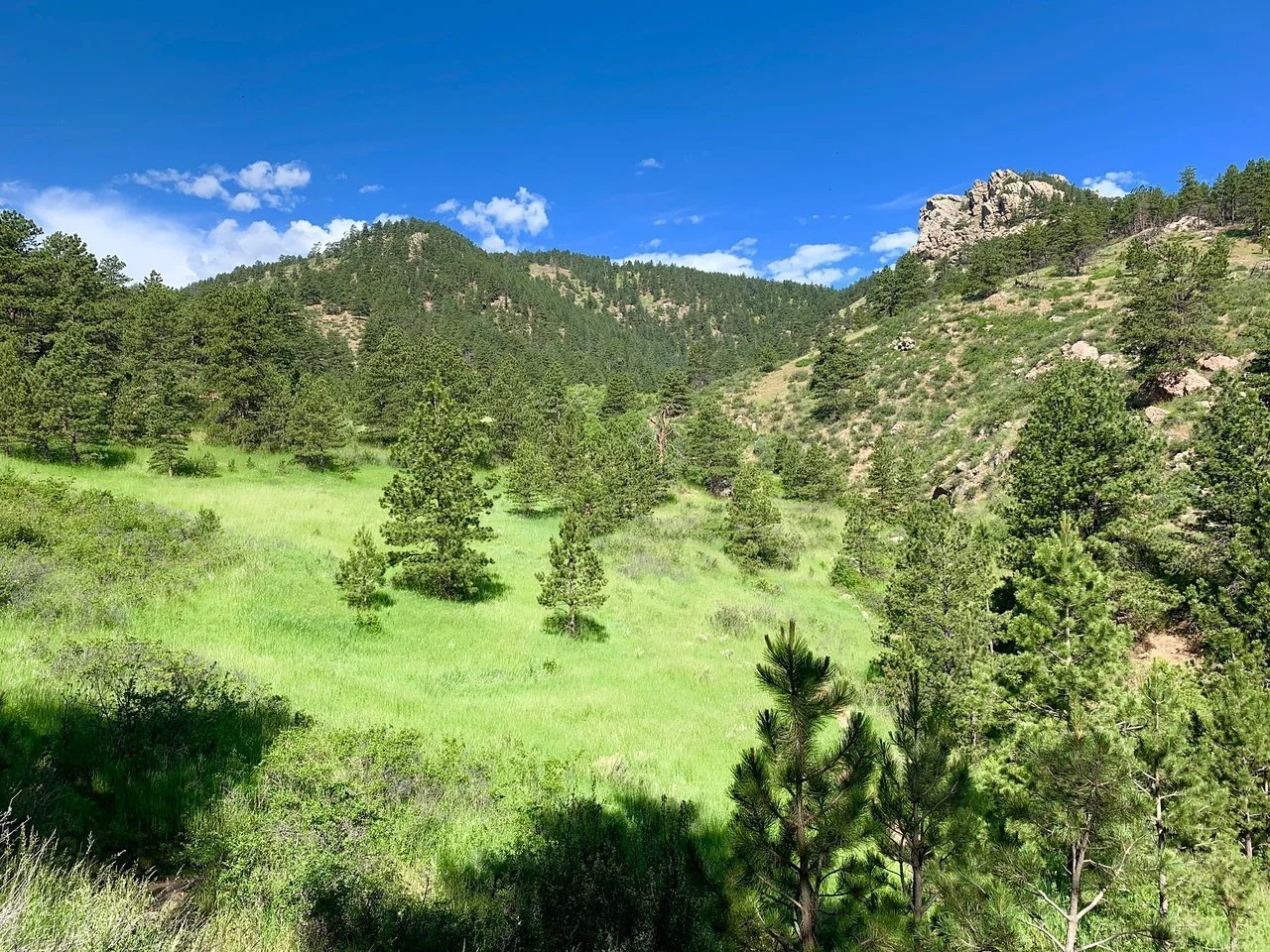Nestled in the heart of Colorado, Rocky Mountain National Park stands as a magnificent showcase of alpine splendor, featuring towering summits, crystal-clear mountain lakes, and vast stretches of pristine tundra. Adventure seekers flock to this outdoor paradise, which boasts an extensive network of more than 350 miles of hiking paths and countless climbing opportunities among its dramatic cliffs and rock formations. The iconic Trail Ridge Road serves as a scenic gateway to extraordinary wildlife encounters and breathtaking mountain vistas from numerous strategic overlooks. Within the park's boundaries, outdoor enthusiasts can choose from five distinct campgrounds that cater to various preferences - from intimate tent sites nestled in quiet corners to spacious accommodations for recreational vehicles, plus extensive options for backcountry exploration and wilderness camping experiences.
Camping Near Rocky Mountain National Park
Hike amidst snow-capped peaks, cascading waterfalls, and majestic elk - Immerse yourself in Rocky Mountain's breathtaking grandeur.
CampChimp is better in the app
Find Available Camping
The 5 best campgrounds near Rocky Mountain National Park, CO
-

Moraine Park Campground
 Rocky Mountain National Park, CO
Rocky Mountain National Park, CO


Moraine Park Campground is a stunning campground located within Rocky Mountain National Park offering breathtaking views of the surrounding peaks and valleys.
-

Glacier Basin Campground
 Rocky Mountain National Park, CO
Rocky Mountain National Park, CO


Nestled amidst towering pines and rugged mountain scenery Glacier Basin Campground provides a serene and picturesque camping experience in the heart of nature.
-

Dowdy Lake Campground
 Red Feather Lakes, CO
Red Feather Lakes, CO


Dowdy Lake Campground offers a serene and scenic camping experience surrounded by the majestic Rocky Mountains. With its tranquil lake and lush forest setting it provides a perfect escape for outdoor enthusiasts and nature lovers.
-

Olive Ridge Campground
 Lyons, CO
Lyons, CO


Olive Ridge Campground is a hidden gem nestled in the Roosevelt National Forest providing a tranquil and secluded camping experience amidst towering pines.
-

Stillwater Campground
 Granby, CO
Granby, CO


West Tent Campground is a rustic and charming campground situated along the St. Vrain Creek offering a serene and natural camping experience.
The 5 hardest-to-book campgrounds near Rocky Mountain National Park, CO
The 5 best campgrounds for RV camping near Rocky Mountain National Park, CO
The 5 best campgrounds for tent camping near Rocky Mountain National Park, CO
The best camping near Rocky Mountain National Park guide
About
RV Camping in Rocky Mountain National Park
Transform your national park experience by immersing yourself in an extended RV adventure within the park's boundaries. Four designated campgrounds welcome recreational vehicles, offering the extraordinary opportunity to drift off beneath star-studded mountain skies and greet each morning with panoramic views of rugged mountain peaks. While specific length restrictions vary among locations and hookup facilities aren't available within park boundaries, campsites provide essential amenities including drinking water access, waste disposal facilities, firewood availability, and secure storage units for provisions. Though cellular connectivity may be limited, visitors often find themselves delightfully surprised by frequent wildlife encounters right in their camping areas and appreciate the convenience of immediate trail access without daily entrance gate passages. For those seeking additional conveniences, the welcoming communities of Estes Park and Grand Lake serve as excellent alternative base camps outside the park. These gateway towns feature numerous RV accommodations, from basic campgrounds to upscale resorts offering comprehensive hookups, swimming facilities, and organized family activities.
Yurt Rentals Near Rocky Mountain National Park
While Rocky Mountain National Park itself doesn't currently feature yurt accommodations among its lodging options, numerous alternatives exist in the surrounding region. The neighboring towns of Estes Park and Grand Lake function as ideal staging points for park exploration while offering diverse and distinctive camping experiences. Available yurt accommodations range from minimalist structures with basic furnishings to luxurious retreats complete with modern kitchens, private bathrooms, electrical amenities, and internet connectivity. Select locations even feature indoor fireplaces perfect for chilly mountain evenings. These circular dwellings are scattered throughout the region, with some positioned near urban conveniences while others offer secluded settings perfect for wildlife observation and stargazing in the pristine Colorado wilderness. Beyond traditional yurts, the area boasts an array of alternative accommodations including safari-style canvas lodgings, distinctive A-frame structures, and elevated treehouse retreats.
- Best for tent campers: Longs Peak Campground
- Best for hikers and climbers: Glacier Basin Campground
- Best for families and large groups: Aspenglen Campground near the Fall River entrance
- Competition for campsites in Rocky Mountain National Park is intense—securing advance reservations is strongly advised during peak summer season.
- Reservations open six months ahead for Aspenglen, Glacier Basin, and Moraine Park locations. Spontaneous campers can try their luck at Longs Peak and Timber Creek, which operate on a first-arrival basis.
- RV enthusiasts should carefully verify length restrictions at their chosen campground to ensure their vehicle meets size requirements.
Each season unveils unique charms in Rocky Mountain National Park. Late June through early July showcases spectacular wildflower displays, while autumn transforms the landscape with golden aspen foliage. Peak visitation occurs during summer months and autumn weekends. For a more serene experience, consider visiting during the initial opening of Trail Ridge Road (typically around Memorial Day) connecting Estes Park to Grand Lake, or plan for weekday visits during fall. While most camping facilities operate seasonally, Moraine Park maintains year-round accessibility for winter adventure enthusiasts.
- Visitors from Denver can reach the park in approximately two hours, covering roughly 70 miles.
- The park doesn't provide electrical connections, with generator usage restricted to designated time periods within campgrounds.
- Early arrival is crucial for first-come, first-served locations, as sites typically fill shortly after sunrise. Current availability information can be obtained at the Visitor Center.
- Strict food storage protocols require all edibles, personal care items, and scented products to be secured in provided storage containers or vehicle trunks.
- Given the high elevation (8,000+ feet) of all park campgrounds, visitors should prepare for chilly nights and possible thunderstorms.
- While pets are welcome in campgrounds and designated picnic areas on leash, they aren't permitted on trail systems.
Discover the enchanting wilderness of Poudre Canyon, where dramatic cliff faces create an awe-inspiring backdrop for outdoor adventures. This pristine destination offers excellent opportunities for trail exploration, river fishing, and wildlife observation, all while being lulled by the gentle sounds of the flowing Poudre River. This captivating mountain sanctuary provides an ideal setting for creating unforgettable outdoor memories.


